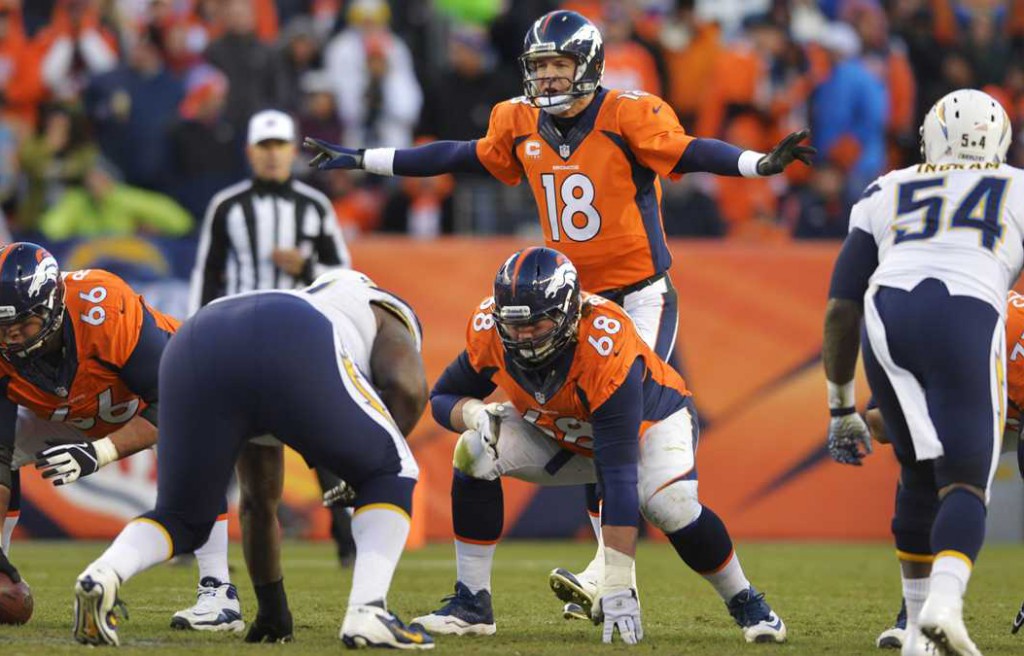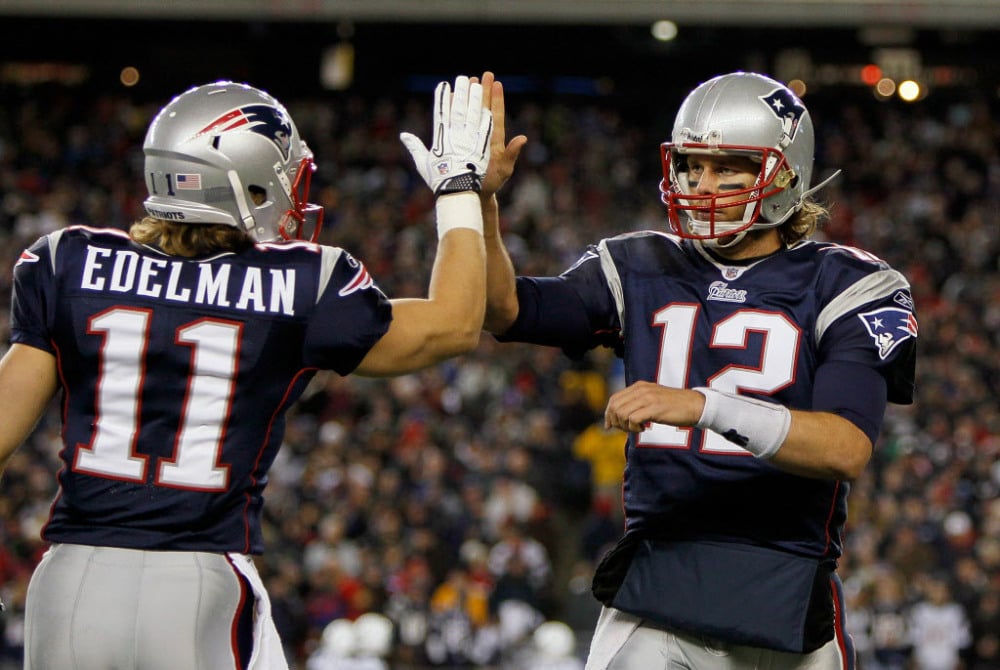If you love sports analytics and have a curious mind, the Trends tool for both MLB and upcoming NFL will be a kid-in-the-candy-store type of situation for you. There’s so much data available and we can look at so many different angles of DFS strategy and figure out exactly what leads to fantasy value and what doesn’t.
Take a tweet I got recently from a reader:
@bryan_mears Have you thought about looking at how TEs perform against 3-4 and 4-3 defenses?
— Daniel Weimer (@DFS_Zeechamp) August 5, 2015
I thought this was an interesting idea, and again, the Trends tool can give us this info in like a minute. Anyway, here’s the data from 2014 – I got the base defense information here. It’s also important to note that defenses change; specifically, the 49ers this upcoming season will be playing a 4-3 base and the Bills are moving back to a 3-4 under new head coach Rex Ryan, even though the site linked above has them listed as playing a multiple front scheme.
| 4-3 | 3-4 | Multiple Front | |
| QB | -0.70 | +0.81 | -0.08 |
| RB | +0.20 | -0.18 | -0.19 |
| WR | -0.41 | +0.48 | -0.02 |
| TE | +0.03 | -0.03 | -0.12 |

This data can admittedly be a little noisy – some teams were going to be miserable on defense last year no matter the scheme (hello Atlanta!) – but I don’t think it’s too noisy to ignore. Looking broadly, the Plus/Minus numbers line up pretty much where you’d expect – the 4-3 scheme is typically better in pass coverage, and as a result, quarterbacks and wide receivers have scored fewer fantasy points than expected against these defenses.
On the other side of things, running backs typically do better against the 4-3 than the 3-4 scheme. Tight ends don’t seem to be majorly affected by defensive scheme as their Plus/Minus of +/- 0.03 is negligible either way. By the way, if you’re unfamiliar with the nuances of these bases, I’d encourage you to read this Football Outsiders piece.
If you’re a defensive expert, you know that not only is the data a tad noisy because of how much they depend on talent, but how many variations exist in today’s NFL. However, it is useful information because of the nature of our Plus/Minus metric – it’s looking at actual production in relation to expected production. It may be obvious to experts that QBs would perform better against 3-4 schemes, but we can see definitively that that fact isn’t perfectly priced into QB salaries. Thus, value exists.
Thank you for the question, by the way. Please let me know if you have any brilliant ideas you want researched; I might just do it!





